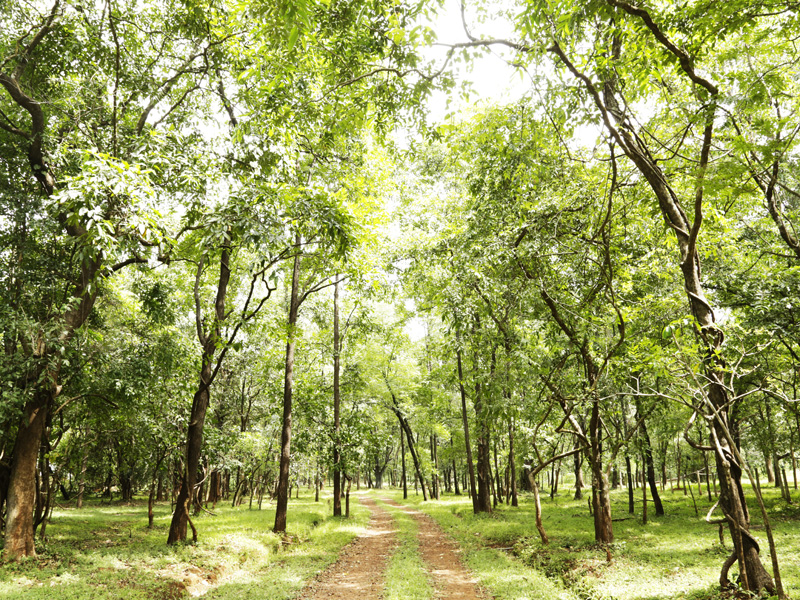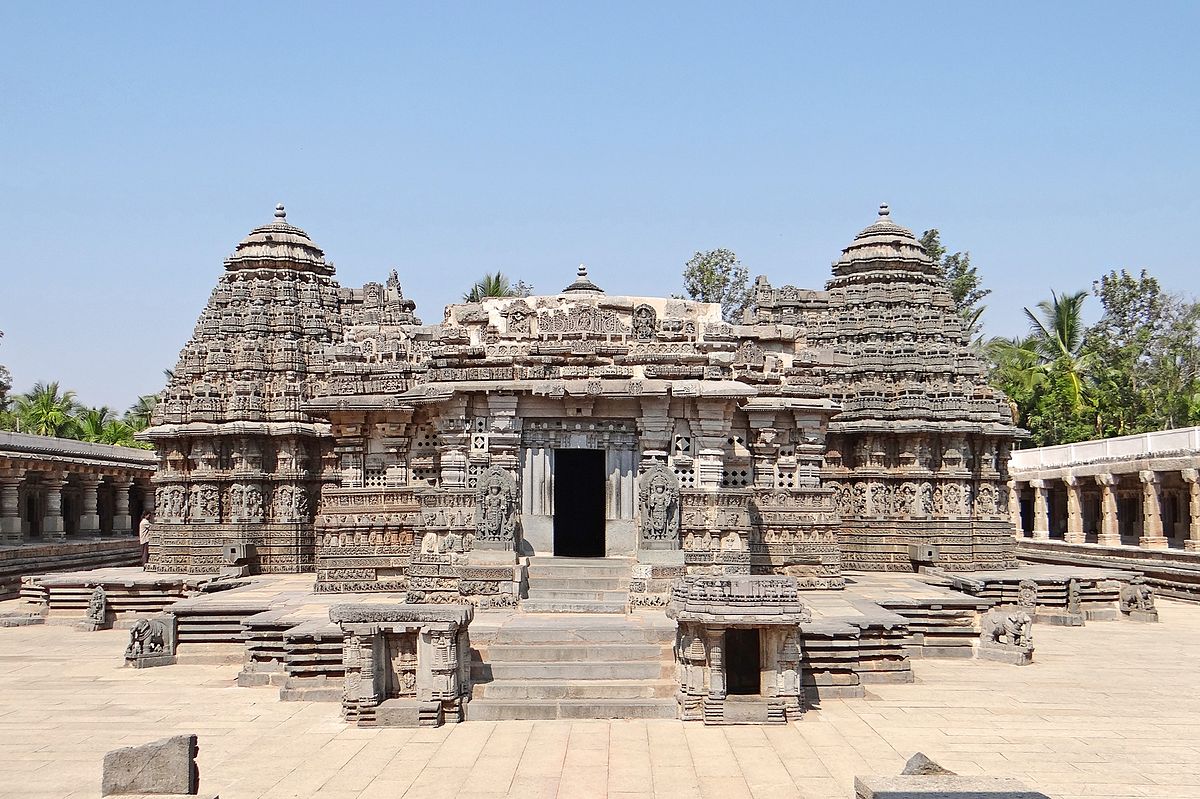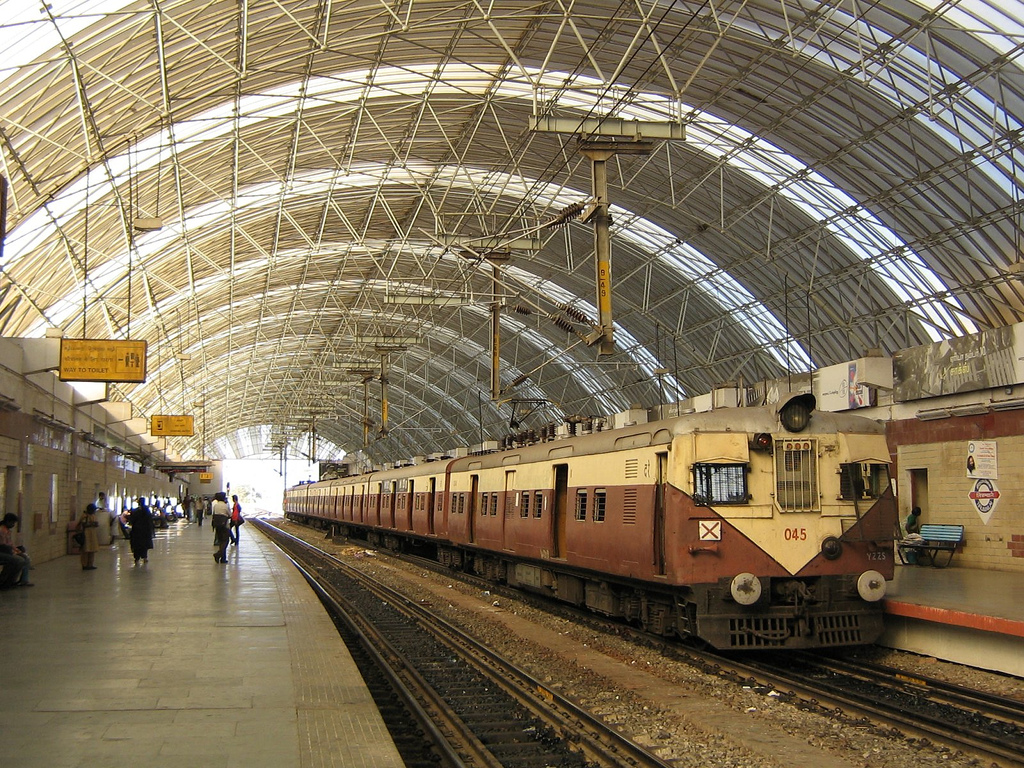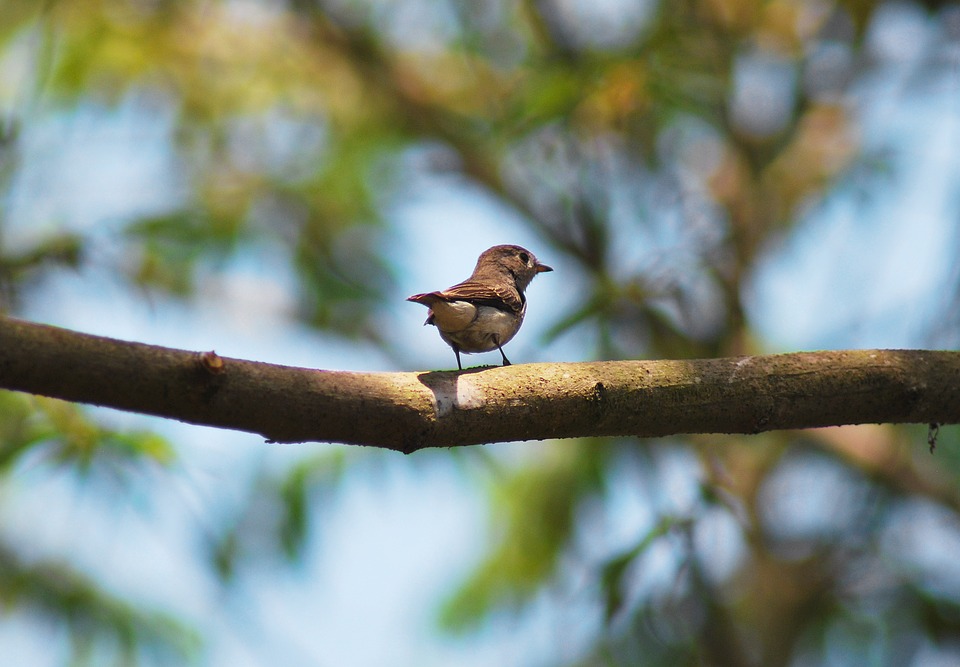Our mind-map of Goa freezes on its beaches … a cliché committed by the Western yearning for sun and sand. However, there is a wonderful landscape in Goa’s interior, populated by interesting characters, a rich and vibrant culture and a gastronomic tradition that is a cuisine with many flavors and cooking techniques.
Let’s start with the oldest Latin quarter Fontainhas in Panjim or Panaji. It lies at the foot of the Altinho hills with springs on the west side, which give it the name Fontainhas. To the east is the ancient Ourem Creek, built on reclaimed land. In Fontainhas, fairy lights glitter at the bistro entrances on the roadside. As you float through the streets, you can hear the soothing sound of violins and accordions interrupted by rattling pelvis while someone beats a rhythm on the drums. The guest houses are old mansions full of carved wooden furniture, lace curtains and scents of wonderful food flowing through the open doors.
The chapel of San Sebastián in the area is a bright white with noise that crosses the street on which it is located. Built in 1818, it contains a crucifix that was in the palace of the Inquisition in Old Goa. In mid-November, the street mass in front of the chapel shows the love of life, laughter, food and Feni. He celebrates the feast of Our Lady of the Law of Livrament. Next to the chapel is a painted fountain, which should fulfill wishes!
As you drive through the winding streets of Goa, you will be amazed by the ceramic facades of the houses. It seems like the walls of the bathroom have been uncovered, but other pretty bungalows with Spanish villa designs redeem the cityscape. The Goanic architecture of churches and ancient buildings reflects the remnants of Portuguese civilization. The bungalows with loft verandas and atypical wrought iron balconies, the patios often with a ringing fountain and tiled courtyards have old world charm. The famous buildings include the famous Basilica of Bom Jesus, the Church of St. Francis, the Se Cathedral, the Church of St. Augustine, the Church of St. Anne and Mary Immaculate Conception.
Shri Mangesh Temple in the village of Mangeshi in Priol, Ponda Taluk, (near Mardol near Nagueshi) is 21 km from Panaji. This temple is one of the largest and most visited temples in Goa. The most famous and most revered singer in India, Lata Manghkar and his family, got their name from this temple. The story of this temple is part of the virulent history of Goa!
The streets of the village are populated by the seller of Vadapav, the coconuts piled in the citadels and the sellers of bananas in the light saris. When it’s the right time of the day, you see women walking on the basket with the basket swinging a tune that only they can hear. The vegetable cart rolls like an impressionistic painting in magnificent colors, with the red tomato as a highlight. Bougainvilleas of all colors climb and crawl along doors, walls and doors, and palms waft in the breeze reminiscent of the sea.
Located near the border between Goa and Karnataka, the Dudhsagar waterfalls are a wonderful sight and can easily be reached by bus and taxi.
The Dr. Salim Ali Bird Sanctuary is located near Panaji on the Mandovi River. It is a mangrove grove where amazing bird species live. Covering an area of 1.78 square meters, you can take a ferry and a pleasant ride early in the morning to reach the shrine.
The Bhagwan Mahavir Wildlife Sanctuary in Mollem is Goa’s largest conservation area. Therein is the National Park of Molem. The Sanctuary has many animals including Gaur, Sambar, Leopards, Spotted Deer, Thin Tori, Jungle Cats, Malaysian Giant Squirrels, Pythons and Cobras. Plan to stay a few days to see the wildlife.
Take a wonderful walk to Surla Falls and discover the deeply satisfying atmosphere of Tambdi Surla Village and Shiva Temple in the thick jungle of Bhagwan Mahavir National Park. This classic 12th century temple with its intricate structure is carved in basalt. Its timeless beauty has survived severe weather conditions, attacks from Portuguese attacks and others. Paved paths and avenue





No Comment